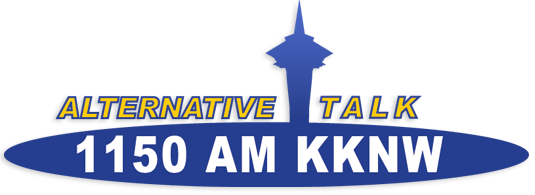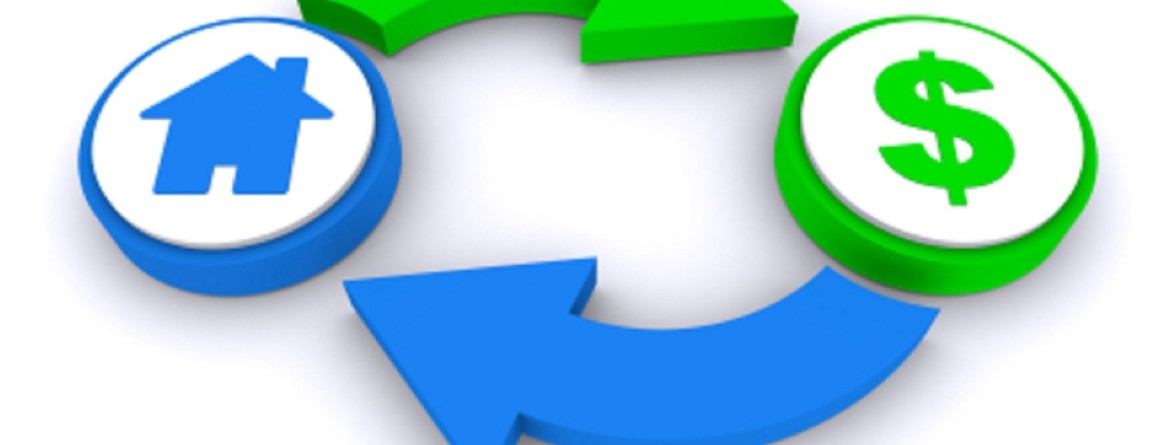Learning More About Reverse Mortgages
For those people who are 62 years and older and looking for a way to pay off mortgages, finance home improvement projects, pay off healthcare bills or even supplement their retirement incomes, reverse mortgages are the best. This type of mortgage is a product that allows one to convert part of the equity in his/her home into money without having to necessarily pay additional bills or sell their home.
“Home is a shelter from storms — all sorts of storms.” ~ William J. Bennett
Understanding the types and how reverse mortgages work is vital.
Basics of Reverse Mortgages
In the regular mortgages monthly payments are made to the lender but in the reverse mortgage the borrower receives money from the lender and don’t have to pay back provided that he stills reside in his primary home. The loan is paid off if the homeowner dies, secures a secondary home or sells his home. Most reverse mortgages have no income restrictions and all the proceeds are usually tax-free. Eligibility requirements differ from lender. Reverse mortgage loan advances aren’t taxable neither does it affect Medicare benefits nor Social Security. Lenders charge a mortgage insurance premium, origination fee, servicing fees and other closing costs of a reverse mortgage. The amount one owes on this type of mortgage increases over time but the interest rate is charged on the remaining balance and compounded on the amount you owe each month. Some reverse mortgages have fixed rates but most are variable and they’re dependent on the financial index.
With these mortgages, all or part of the equity in a home can be used leaving just few assets for the owner or the heirs. Homeowners are not allowed to owe greater than the value of their homes. Property taxes, fuel, utilities and other expenses are on the hands of the homeowner. Interest on reverse mortgages isn’t deductible on income tax revenue until the loan is fully or partly repaid.
Types of Reverse Mortgages
The common three types of reverse mortgages are single-purpose reverse mortgages (offered by nonprofit organizations, some state & local government agencies), federally-insured reverse mortgages (best referred to as Home Equity Conversion Mortgages (HECMs) and they are supported by the Department of Housing and Urban Development) and third is the proprietary reverse mortgages (private loans that are supported by the companies that develop them). Being the cheapest option, the single-purpose reverse mortgages are used for a specific purpose defined by the lender. The other two types are expensive than even the traditional home loans. The HECMs are widely available, have no medical or income requirements and can be used for any purpose.
Getting a Suitable Deal
Shop around and compare various options out there in terms of what lenders offer. Learn more about the mortgages before you settle for an offer. Comprehend all the terms that could make the loan due and payable. The surest way to see core differences between a HECM and a proprietary loan is to do a side-by-side comparison of benefits and costs and note that all HECM lenders should follow HUD rules. One needs to be wary of sales pitches.


